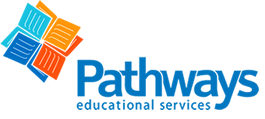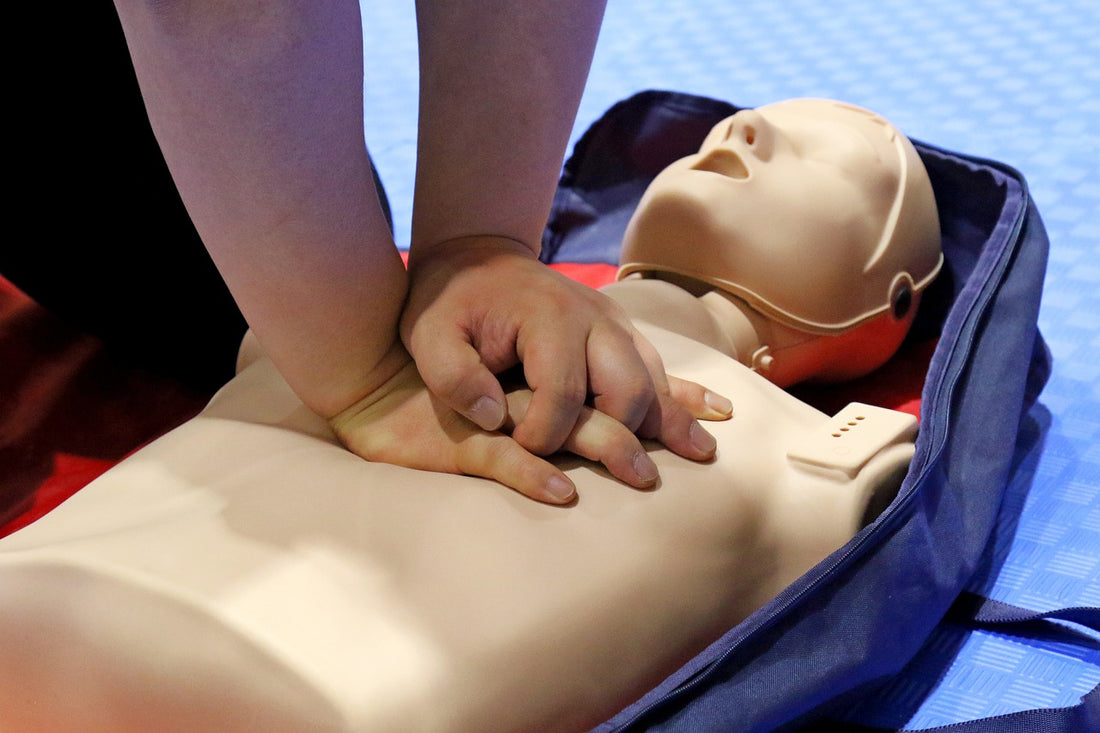Cardiopulmonary Resuscitation (CPR) is a valuable life-saving technique that can help sustain a person’s vital functions until professional medical help arrives. However, CPR is not a one-size-fits-all technique. There are different training levels that cater to specific age groups and medical conditions. In this blog post, we will explore the differences between all the CPR training levels, so you can understand which training level is appropriate for different situations.
Basic Life Support (BLS) Training
Basic Life Support (BLS) training is the foundation of CPR training and is suitable for individuals who have little to no medical background. BLS training provides essential lifesaving skills that can be used for victims of all ages, including infants, children, and adults. It covers the basic steps of CPR, which include chest compressions, rescue breaths, and the use of an Automated External Defibrillator (AED).
BLS training also teaches participants how to recognize and respond to choking emergencies and how to handle opioid-related emergencies, such as opioid overdose. This level of training is ideal for anyone who wants to be prepared to respond to a cardiac emergency in any setting, whether it be at home, in the workplace, or in the community.
Cardiopulmonary Resuscitation (CPR) for Infants and Children
CPR for infants and children is a specialized level of training that focuses on the unique needs and differences in performing CPR on young individuals. This training level teaches participants the techniques needed to perform CPR on infants and children up to 8 years old. The CPR techniques for infants and children differ from those used on adults due to the differences in anatomy and physiology.
During this training, participants will learn how to recognize the signs of cardiac arrest in infants and children, the techniques for opening the airway and delivering rescue breaths, and the correct method of performing chest compressions. This training level is especially beneficial for parents, childcare providers, and individuals who work closely with infants and children.
CPR for Adults
CPR for adults is a level of training that focuses on the techniques used to perform CPR on individuals who are 9 years old and older. This training level builds upon the skills learned in BLS training and emphasizes the correct method of performing high-quality chest compressions, which are critical in maintaining blood circulation during cardiac arrest.
Participants in CPR for adults training will also learn how to recognize the signs of cardiac arrest in adults, how to use an AED, and how to respond to choking emergencies. This level of training is suitable for individuals who want to be prepared to respond to cardiac emergencies in various settings, such as in the workplace, public spaces, or during recreational activities.
Pathways offers two CPR courses. Click on each below to see available class times.
Advanced Cardiovascular Life Support (ACLS) Training
Advanced Cardiovascular Life Support (ACLS) training is a more advanced level of CPR training that focuses on the management of cardiac emergencies in healthcare settings. This training level is designed for healthcare professionals, such as doctors, nurses, and paramedics, who are likely to encounter cardiac arrest situations.
ACLS training goes beyond the basic steps of CPR and includes advanced skills such as airway management, administration of medication, and interpretation of electrocardiograms (ECGs). Participants in ACLS training will also learn about the algorithms and protocols used in advanced cardiac life support and how to effectively work as a team during a cardiac emergency.
Pediatric Advanced Life Support (PALS) Training
Pediatric Advanced Life Support (PALS) training is similar to ACLS training, but it focuses on the management of pediatric cardiac emergencies. This level of training is intended for healthcare professionals who work closely with infants and children, such as pediatric nurses and pediatricians.
PALS training covers the recognition and management of respiratory distress, shock, and cardiac arrest in pediatric patients. Participants will learn the skills needed to provide advanced life support to infants and children, including the use of medication, advanced airway management, and effective communication within a multidisciplinary team.
Conclusion
CPR training is a crucial skill set that can make a significant difference in saving lives during cardiac emergencies. The different levels of CPR training cater to specific age groups and medical conditions, ensuring that participants are equipped with the necessary skills and knowledge to respond effectively. Whether you are a concerned parent, a healthcare professional, or simply someone who wants to be prepared for emergencies, there is a CPR training level that is right for you. Remember, being trained in CPR can mean the difference between life and death in a critical situation.

